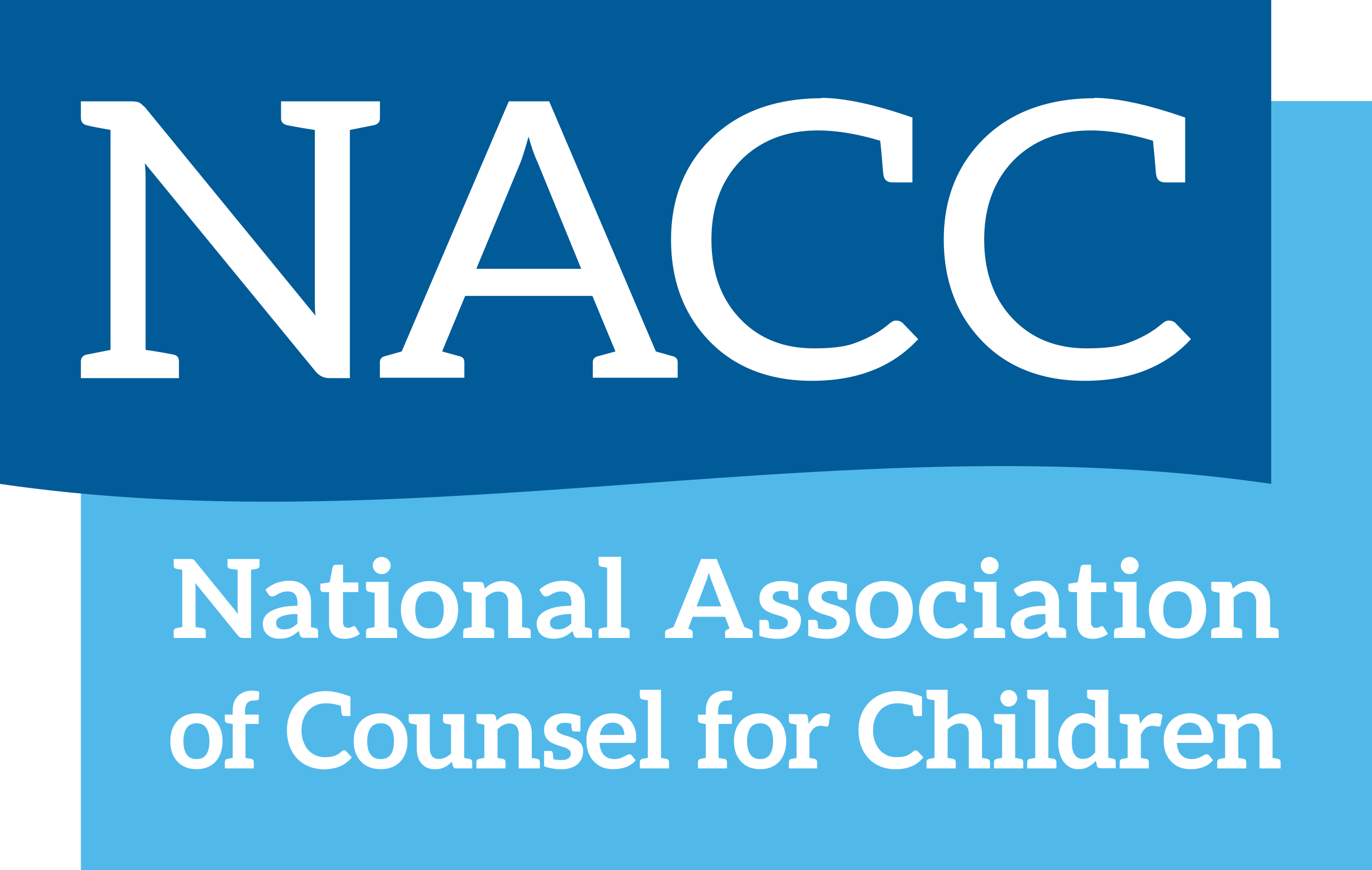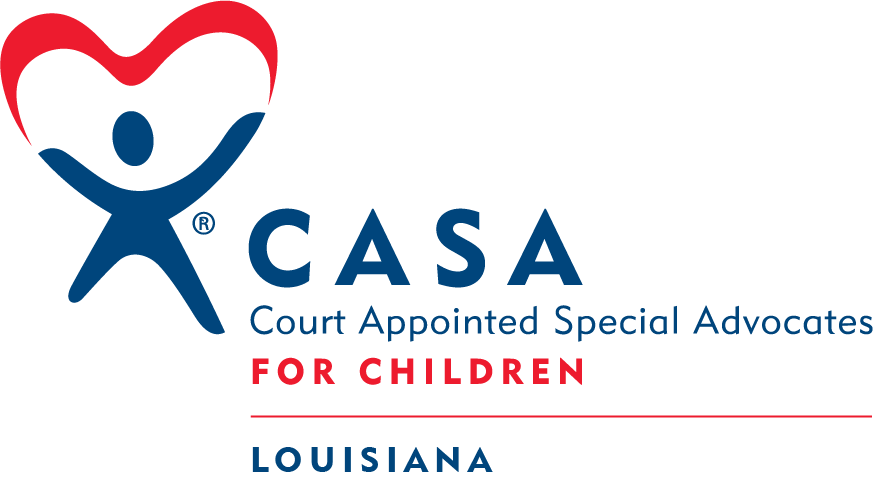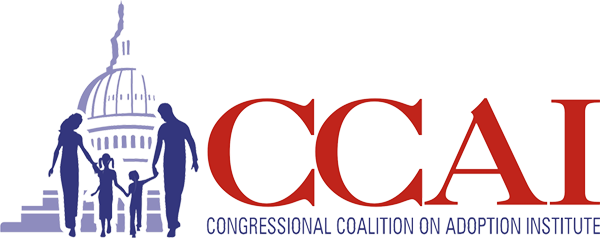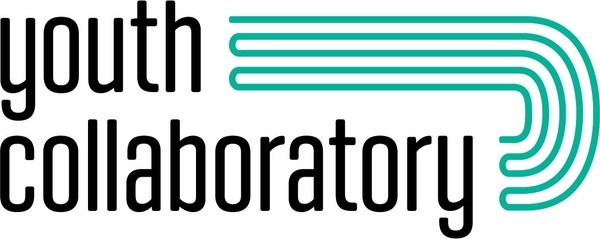While back-to-school time is an occasion for school systems to set their priorities and align resources to ensure a successful school year, many focus exclusively on students’ needs and fail to address the needs that ensure their staff members’ well-being. … Read More
Safety Permanency & Well-being

Children in Poverty in United States
Why This Indicator Matters Growing up poor has wide-ranging and long-lasting repercussions. Poverty elevates a child’s risk of experiencing behavioral, social and emotional and health challenges. Child poverty also reduces skill-building opportunities and academic outcomes, undercutting a young student’s capacity … Read More

Leveraging Title IV-E To Advance High-Quality Legal Representation & Training
NEW FEDERAL RULEMAKING FOR CHILD WELFARE LEGAL REPRESENTATION In May 2024, the U.S. Children’s Bureau published a new regulation regarding Foster Care Legal Representation. The new rule codifies and expands the opportunity for federal matching funding for legal services that … Read More

Louisiana Schools Chief Calls for Stricter Discipline, Return to Classroom ‘Law and Order’
Louisiana’s top education official wants schools to crack down on misbehavior when students return, arguing that stricter discipline will restore order and promote learning. In a memo Monday, state Superintendent of Education Cade Brumley urged school district leaders to “recommit … Read More

Children’s Coalition for Northeast Louisiana to Relaunch Youth Services Planning Board
[Monroe, LA]— The Children’s Coalition of Northeast Louisiana is relaunching the 4th Judicial District Youth Services Planning Board (YSPB), a member-led board of leaders from across Morehouse and Ouachita Parishes dedicated to improving young people’s outcomes. The Board’s mission is … Read More

Roots of Support Building: Building Infrastructures to Support Children and Families In the Child Welfare System
BUILDING BRIDGES: STRENGTHENING KINSHIP CARE FOR FOSTER YOUTH WITH COMPLEX NEEDS Research is clear that children fare best when they are kept with families. Kinship care, involving placements with relatives or familiar individuals, offers young people the opportunity to remain … Read More

Guide To Authentic Youth Leadership and Collaboration
Introduction This guide was created for youth and young adult leaders, catalysts, and advocates – as well as the adult collaborators that support this work. Although not all-encompassing, it is meant to serve as a template for developing and sustaining … Read More

Police in Schools: The Complicated Impact on Students, School Environments, and the Juvenile Courts
Having police officers in schools (school resource officers – SROs) is controversial with a growing debate as their presence has proliferated nationally over the past twenty years. A majority of high schools and middle schools today have police on campus … Read More

Study Examines Models for Supporting Immigrant Families in Child Welfare
Child welfare agencies can face challenges meeting the complex needs of immigrant families. This population has grown steadily in the United States over the last several decades, and while there is no system wide approach to effectively serving immigrant families, … Read More

Empowering Young People in Foster Care: How Technology Supports Aging-Out Transitions
For young people, aging out of foster care is a significant step in their life journey. These young adults now find themselves on the brink of independence, sometimes without a ready support system or accessible resources to help them as … Read More

